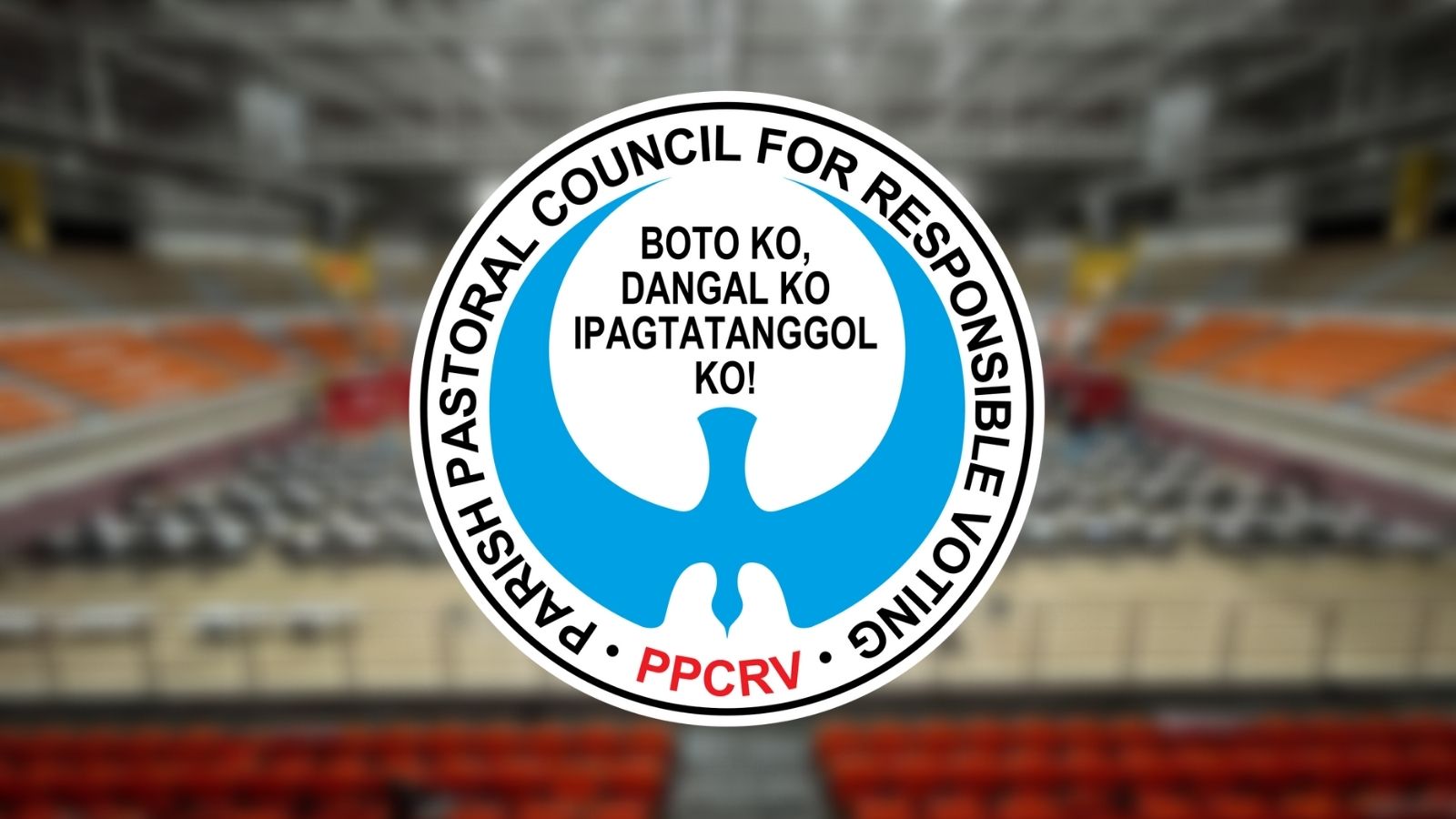Why you need to read this: The Parish Pastoral Council for Responsible Voting (PPCRV) recorded a 99.909% match rate between physical and digital election returns—the highest since it began parallel counts in 2010—indicating strong system integrity in the 2025 national and local elections. But technical hitches and ballot design flaws raised concerns about the voting process.

By the numbers:
-
99.909% vote match rate in the unofficial parallel count (UPC)
-
Five discrepancies noted, with three true mismatches—linked to transmission lag
-
82.2% voter turnout, per Comelec, surpassing previous midterm averages
-
99.12% of votes transmitted successfully—also a record high
Focus: Ballot design woes
PPCRV’s audit flagged smudging on ballots caused by:
-
Wet water-based ink from voting pens
-
Thinner 90 GSM paper, down from the thicker 160 GSM used in 2022
-
Ink-sensitive ACM threshold (15%), prompting calls to revert to 25%
What they’re saying: “Balancing different factors”—Comelec chair George Garcia on the ink and paper trade-off due to supply and security constraints.
Between the lines: PPCRV cited improved transparency this year:
-
No Non-Disclosure Agreement (NDA) signed
-
Faster Comelec response to irregularities and disinformation
-
Wider access to transmission data than any previous poll
What happens next: PPCRV recommends:
-
Revising the vote threshold to 25%
-
Considering ink and paper compatibility in future procurement
-
Sustaining robust voter education, which officials credit for the high turnout
The bottom line: While the 2025 polls showed record accuracy and voter engagement, technical tweaks—especially around ballots—will be critical for future elections.
The Parish Pastoral Council on Responsible Voting logged a historic 99.909% match rate between scanned physical election returns and the corresponding transmitted votes from the 2025 national and local elections (NLE).
In a press conference, spokesperson Ana de Villa-Singson said this was the highest rate logged in an unofficial parallel count (UPC) by PPCRV since 2010.
The UPC revealed five instances of discrepancies, of which three were considered true mismatches.
The three events represented 0.091% of votes in the results that may be attributed to transmission lag time.
PPCRV also highlighted key areas that need to be improved, as well as the issues experienced and improvements in the 2025 national and local elections.
Frequent smudging on ballots
Despite the high match rate between the election results and the UPC, the PPCRV identified a few issues in the election process through its Random Manual Audit (RMA).
One of the initial findings pointed to ink smudging on some ballots, which led to instances of over-voting or unintentional marks being counted as votes.
According to PPCRV reports, these smudges were primarily caused by voters’ fingerprints and ink from thumb marks that resulted in inaccurate voter receipts.
Moreover, the 15% minimum threshold set for the Automated Counting Machines (ACMs) was found to be too sensitive to such smudging.
Singson recommended reverting to the previous 25% threshold used during the 2022 elections.
The final reports also addressed the issue of wet ink on ballots, noting that some ballots retained wet marks due to the water-based ink used in the voting pens. Oil-based was used previously.
This also led to further discussion about the shift from 160 GSM ballot paper to the thinner 90 GSM.
Commission on Elections (Comelec) Chairman George Garcia explained that the supplier of the thicker paper used in the past elections was embroiled in issues concerning national security, as the materials could only be sourced from a foreign country, which he did not disclose.
As a result, the Comelec opted to use a thinner paper that could be sourced locally.
“Ang problema kasi dapat pag oil-based [ink], makapal ang papel. Kapag water-based [ink] naman, hindi nga siya nagba-blot sa likod pero hindi kaagad madaling matuyo. So ayon naman ‘yung balancing of different factors,” said Garcia.
(The problem is, if the ink is oil-based, the paper needs to be thick. But if it’s water-based, it doesn’t bleed through the back, yet it doesn’t dry quickly either. So it’s really about balancing different factors.)
2025 NLE stands out from previous years
PPCRV reported greater transparency in the 2025 elections than in the previous years, also noting that it did not have to sign a Non-Disclosure Agreement (NDA).
This allowed PPCRV to freely share data with other entities.
PPCRV also said Comelec was quick to answer queries and address issues regarding voting irregularities.
This includes Comelec’s quick response in combating false information about the disqualification of a party list close to Election Day, it said.
This year’s election also marked the highest percentage of access to transmission data compared with the previous years, PPCRV said.
PPCRV obtained an unprecedented cumulative transmission of 99.12% of all votes cast, the highest since 2010.
Voter education, an important factor in 2025 NLE
PPCRV said voter turnout reached 81.68%, close to the 2022 presidential elections that had 83.39% voter turnout.
But Garcia clarified that the actual figure is 82.2% voter turnout, which he credited to the effectiveness of voter education efforts.
“Napaka importante po ng voters education, alam niyo po nakatulong po talaga. ‘Yon pong figures kanina, hindi po kasi nareflect yung mga huling boto na napasok, it was actually 82.2% voters turnout,” Garcia said
(Voter education is very important, you know, it really helps. The figures earlier didn’t reflect the final votes that came in; the voter turnout was actually 82.2%.)
Singson explained that historically, midterm elections had a voter turnout in the range of mid-70%, but the 2025 polls exceeded the norm. Yance Dionisio and Marybeth Realba, with reports from Angeline Domingo
This story was optimized by AI.
0 Comments